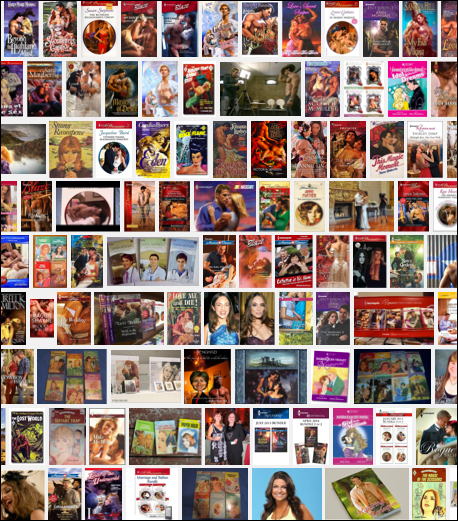Joining Isabel Swift in conversation, Wendy Steiner, Director, Penn Humanities Forum, and Richard L. Fisher Professor of English at Penn.
Romance and relationships in the new millenium... Happy endings? What's wrong with that? Not a thing if you are the chief custodian of America's top-selling female fantasies. One out of every six mass-market paperbacks sold in North America is a Harlequin or Silhouette novel. If you're counting, that's five books sold every second.
Join Isabel Swift, the editorial chief of the world's leading publisher of series romance fiction, for an uncommon look at the substance of romance. As Vice President of Editorial for Harlequin Enterprises, Ltd., Swift is responsible for the three editorial acquiring offices in Toronto, the United Kingdom, and New York. She also oversees all imprints, Harlequin, Mills & Boon, Silhouette, Steeple Hill, Mira, Gold Eagle, and Worldwide Mystery. She manages the development, acquisition, and publication of more than 1000 titles each year, offered in more than 100 markets in over 20 languages around the world.
Comments from Wendy Steiner, Director, Penn Humanities Forum
The Popular Romance
"The popular romance is a direct relative of such literary romances as The Odyssey, The Faerie Queene, Pride and Prejudice, and The Crying of Lot 49 – some of the most important works of western culture.
"This genre involves a search for value - the Holy Grail or fair maiden or secret of life that will make everything else meaningful and worthwhile. That's why the plot of the quest is so central to the romance: a journey past one danger or confusion after another, with everything put at risk in order to achieve the final goal.
"The drama of many romances has to do with two problems: it's hard to discover what heroes or heroines need in order to give their life meaning. Once they know what they want, it's hard to recognize the people or objects that uniquely possess it. As a result, romances are full of mistaken identities and misjudgments.
"Popular romances tend to associate the ultimate source of value with a person who is a love object. Getting the right man or having the right man realize that you are the right woman is the usual problem. With the plot set up this way, the issue of female desire and fulfillment is almost always central. This is one kind of literature where what a woman wants and what it takes for her to get that are taken very seriously.
"People disdain the popular romance for being a kind of soft porn or sentimental melodrama, but studies like Jan Radway's Reading the Romance try to show that serious social and psychological purposes are served by this writing. It's an act of female assertion to take the time out from her "proper duties" to fantasize about desire and personal fulfillment. Popular romances encourage communication and social connection among women who would otherwise be isolated in the home. There are romance book clubs and chat rooms and so forth that create communities of readers formed around narratives of self-realization.
"On a lighter note, publishers of popular romance have to be expert in the latest trends in female desire. Isabel Swift says that anything about Texas or cowboys is a big draw today. That may sound trivial, but cultural critics can learn a lot from the changing buttons that romance novels push."



